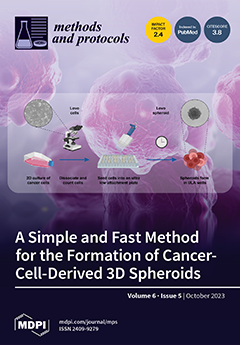Open AccessStudy Protocol
Safeguarding against Dementia in Aboriginal and Torres Strait Islander Communities through the Optimisation of Primary Health Care: A Project Protocol
by
Yvonne C. Hornby-Turner, Sarah G. Russell, Rachel Quigley, Veronica Matthews, Sarah Larkins, Noel Hayman, Prabha Lakhan, Leon Flicker, Kate Smith, Dallas McKeown, Diane Cadet-James, Alan Cass, Gail Garvey, Dina LoGiudice, Gavin Miller and Edward Strivens
Viewed by 2806
Abstract
This protocol describes the methodology and methods for a collaborative project with eight Aboriginal and Torres Strait Islander primary health care (PHC) organisations, across three Australian states and one territory, to increase clinical service performance and access to preventive health and health promotion
[...] Read more.
This protocol describes the methodology and methods for a collaborative project with eight Aboriginal and Torres Strait Islander primary health care (PHC) organisations, across three Australian states and one territory, to increase clinical service performance and access to preventive health and health promotion services for preventing, identifying, treating, and managing dementia risk in Aboriginal and Torres Strait Islander communities. Aboriginal participatory action research (APAR) methodology will be the framework for this project, incorporating continuous quality improvement (CQI), informed by research yarning with stakeholder groups, comprising community members and PHC staff and service providers and data collected from the auditing of client health records and the mapping of existing clinical processes and health services at each partnering PHC organisation. The qualitative and quantitative data will be summarised and discussed with stakeholder groups. Priorities will be identified and broken down into tangible PHC organisation deliverable strategies and programs, which will be co-developed with stakeholder groups and implemented cyclically over 24 months using the Plan, Do, Study, Act model of change. Key project outcome measures include increased clinical service performance and availability of preventive health and health promotion services for safeguarding against dementia. Project implementation will be evaluated for quality and transparency from an Indigenous perspective using an appropriate appraisal tool. The project processes, impact, and sustainability will be evaluated using the RE-AIM framework. A dementia safeguarding framework and accompanying tool kit will be developed from this work to support Aboriginal and Torres Strait Islander PHC organisations to identify, implement, and evaluate dementia safeguarding practice and service improvements on a broader scale.
Full article
►▼
Show Figures






